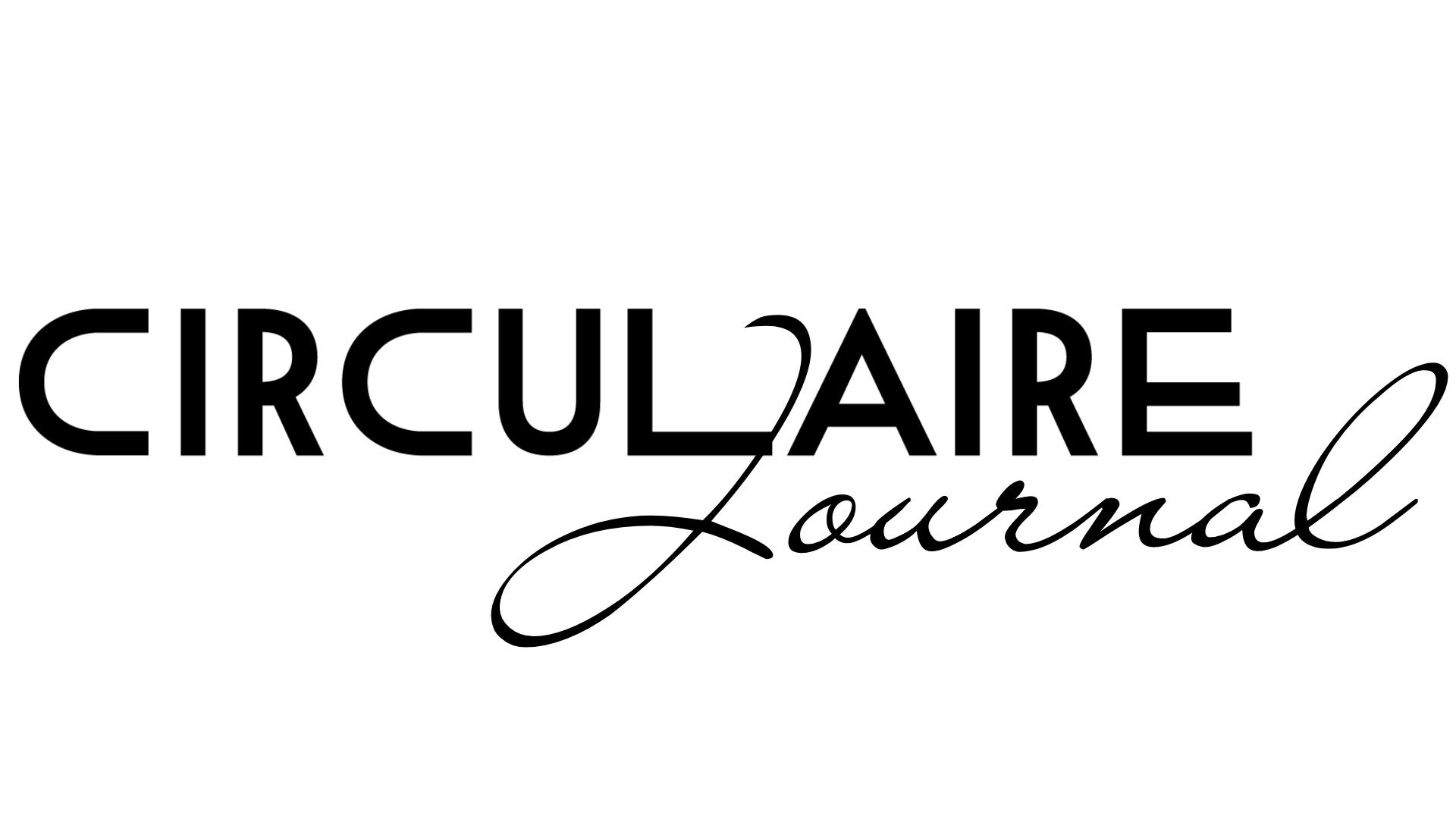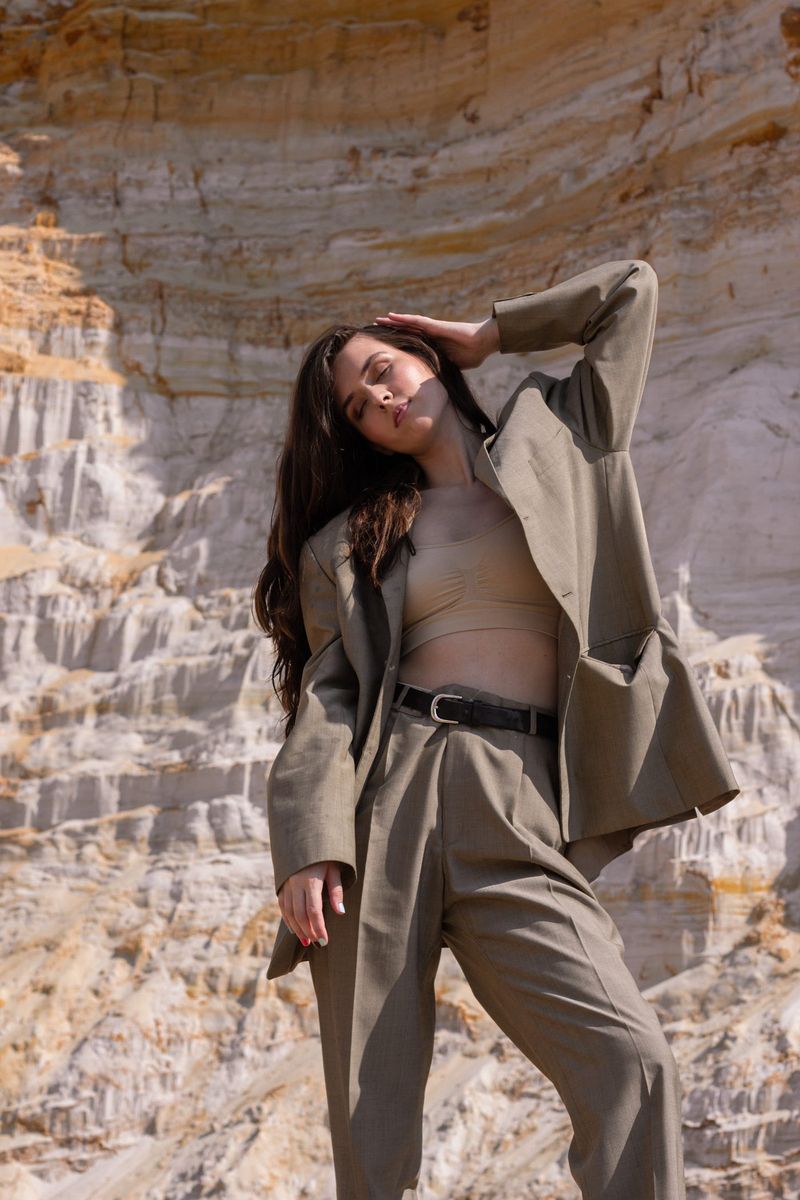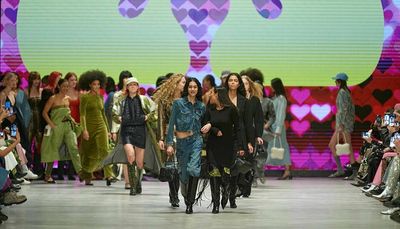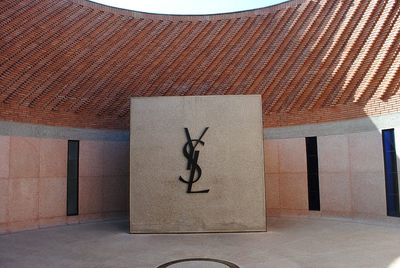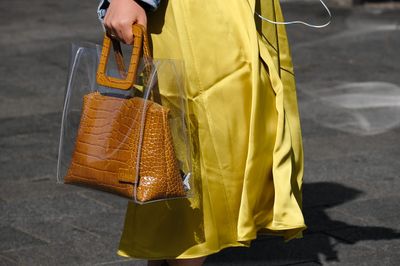In the heart of pop culture’s collective consciousness, two seemingly opposing fashion phenomena are making waves — ‘Quiet Luxury’ and ‘Poor Core’. While they may appear distinct at first glance, they both echo an undercurrent of societal shift, reflecting how we express our financial status through our clothing choices in this era of simmering ‘eat the rich’ sentiments. Fashion has always been an avenue for us to navigate and communicate our socio-economic positions, but beneath the veneer of ‘Poor Core’ and ‘Quiet Luxury,’ we’re now diving deeper into more exposing narratives about our income, safety nets, and even the presence or lack of class-related guilt. The middle class, it seems, opts for the projection of a spirit of defiance, while the affluent subtly muffle their displays of wealth.
If you’re up-to-date with the latest fashion trends, you have come across terms like ‘Quiet Luxury’ or ‘Stealth Wealth,’ a near-perfect blend of understated elegance, deliberately shying away from flashy logos and ostentatious branding. A trend we’ve observed for four consecutive seasons, particularly in characters like Shiv and Kendall Roy from HBO’s popular TV series, Succession or even Gwyneth Paltrow in high-profile ski trip lawsuit, who became just as noted for her ‘billionaire chic’ wardrobe as the peculiarities of the litigation. Imagine Paltrow donning lush $5000 wool coats from The Row (founded by American actresses and designers Mary-Kate and Ashley Olsen), paired with off-white turtlenecks and wire-framed aviator glasses from Caddis — a nod to Jeffrey Dahmers’ iconic look, all in the guise of a subtly dressed villain from the ’70s, sporting notoriously extravagant brands.
Over the past few years, us millennials have found ourselves immersed in a fashion time warp, watching the gaudy Y2K era make its inevitable maximalist comeback. The revival of low-waisted cargo pants, bandeau halter tops from the good old high-streets, and hairstyles boasting layers upon layers took us on an emotional rollercoaster of unsettling nostalgia. Succumbing to the inevitable resurgence of the noughties also meant reliving the many hours spent trying to match capri pants and a DIY hair-dyed pirate-eye-patch haircut with the not-so-appropriate-for-teens Dolce & Gabbana animal printed lingerie collection. This revisit to the 2000s caught some of us in a ‘will they-won’t they’ awkward stalemate of indecisiveness. But now a welcome change has been unfolding as we veer away from flashy embellishments and extreme logomania.
‘Quiet Luxury’ advocates for an almost secretive subtlety, perfectly exemplified in the iconic scene in Succession where an outsider (namely ‘Bridget randomfuck’ aka cousin Greg’s new girlfriend) crashes a Roy family gathering, her ostentatious, capacious Burberry bag — unmistakably checked — causing a stir. “What’s even in there?” Tom Wambsgans asks. “Flat shoes for the subway? Her lunch pail? Greg, it’s gargantuan. You could take it camping. You could slide it across the floor after a bank job.”
We’re moving away from conspicuous consumption and turning to refined minimalism, favouring quality, discretion, and references from if you know, you know brands like Hermes, Celine, and Loro Piana. We’re talking quality, texture and craftsmanship. Tailored blazers, labelless Hermes bags, wide-legged trousers, cashmere sweaters, and cream-white silk shirts from Celine. No longer confined to the discreet and wealthy, Quiet luxury now holds significant influence over how people, in general, are dressing. It all has the makings of a real sea change, much like how streetwear transformed the course of fashion ten years ago, when sneakers and logo hoodies became the go-to choices for the fashion forward.
As new fashion trends emerge, counter-trends will follow in their wake. Tom’s snarky comments about Bridget Randomfuck’s Burberry Tote led to a 310% increase in searches for checked Burberry handbags. There you have it.
Entering the countertrend, ‘poor-core’ that has appeared under various guises, including ‘homeless chic’ and ‘gutter punk,’ with its origins dating back to the early 1980s. These manifestations have elicited a mix of responses, often stoking the embers of controversy. Critics argue that these fashion trends can sometimes smack of arrogance, seemingly trying to hide one’s privileges and adopt an identity far removed from one’s reality. Conversely, the trend has also been praised for blurring economic and cultural class lines, sometimes carrying a deeper, more profound message through its subtle defiance. Similarly, ‘Homeless Chic’ leveraged the appeal of the working-class aesthetic, epitomised by figures like James Dean. The trend favored items that originated from practical uses, like T-shirts from the American Marines. ‘Poor core,’ while complex and multifaceted, encompasses these diverse elements offers a broad spectrum of stylistic signals, challenging traditional fashion norms by mashing- and or clashing them up in countless unique ways. Picture this: mass-produced tacky Paris Hilton aesthetics, a treasure trove of souvenir caps, and anything Gucci GG logo plaque, that you subtly encourage your social circle to think is ‘just a knock-off.’ Quoting King Princess: “You’re so rich, bet you bought yourself a diamond chain. To look real cool while you’re telling all your friends it’s fake. But you know it’s lies. Another bitch from the Upper West Side.”
This intertwining narrative of fashion trends is ever-present. Back in 2014, we saw the rise of ‘normcore’. A trend that embodied the millennial rejection of individualistic flamboyance in favour of blending in, adopting a style that echoed the everyday, the ‘normal.’ Pioneers of normcore, like Steve Jobs, Mark Zuckerberg and even Princess Diana , showcased how blending in could suggest intellectual depth, a recognition of being part of a collective rather than an outlier. Conversely, in this digital age, we’ve seen millennials and Gen Z harnessing the shock value potential of the internet in their style choices. Balenciaga’s infamous IKEA BAG or Louis Vuitton coffe cup pouchserve as prime examples, where the goal is to generate as much buzz and traction as possible. Both the ‘Quiet Luxury’ and ‘Poor Core’ trends are direct responses to this, as they don’t seek to stand out overtly. Instead, they thrive in the clandestine and subtle socio-economic communication of “if you know, you know.” The focus has shifted to underscore quality, texture, and the art of investing in impactful non-conspicuous items. An antithesis of fast fashion, if you will. Whether it entails hunting for exclusive vintage pieces or investing in enduring quality, fashion continues to evolve into a hugely refined social discipline.
